The toy industry has long reflected societal norms and values, often perpetuating stereotypes and limiting the representation of diverse communities. However, the push for diversity in toys is gaining momentum, with parents, activists, and educators advocating for more inclusive options. Companies are starting to respond, but the journey is far from complete. “We need to keep the pressure on,” urges Rucha Desia, a parent and advocate for inclusive education. “Our children deserve to see a world of possibilities reflected in their toys.”
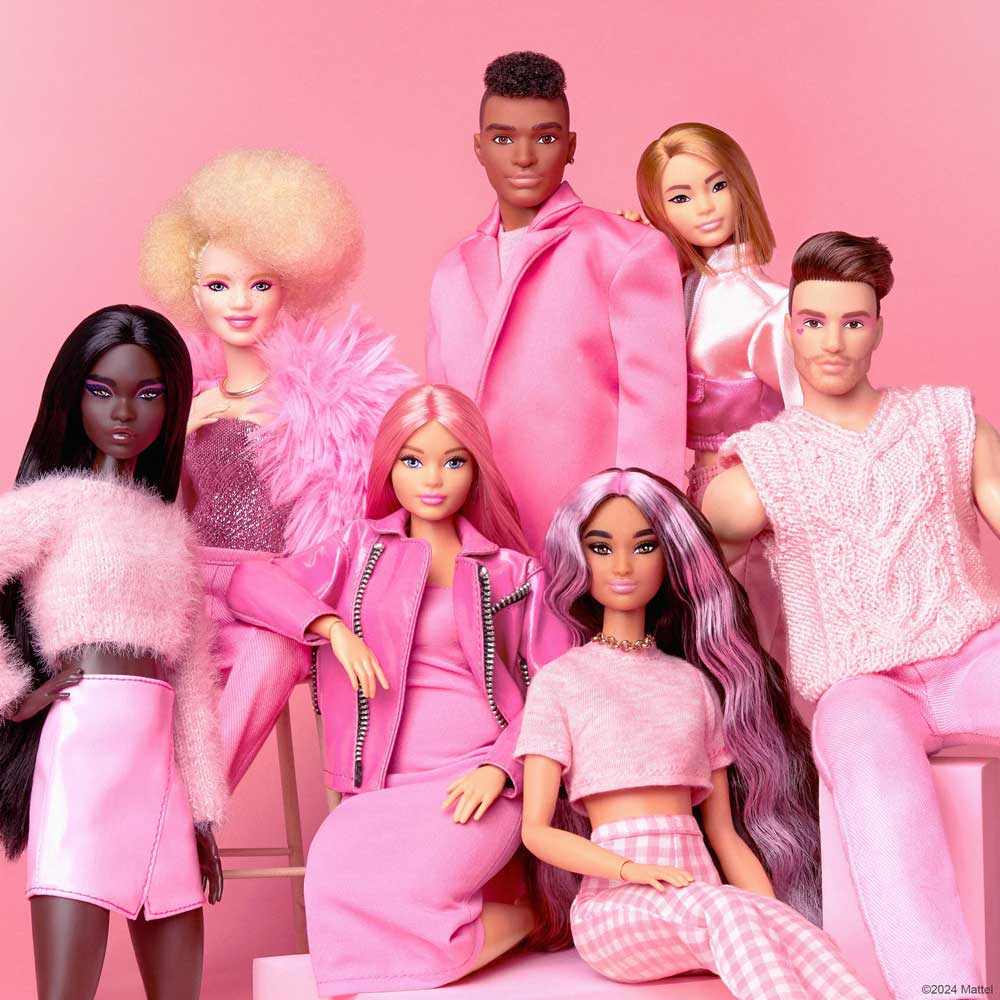
As the toy industry evolves, it holds the potential to become a powerful tool for social change. By continuing to introduce diverse and inclusive toys, we can help foster a generation of children who are more accepting, empathetic, and ready to embrace the richness of human diversity.
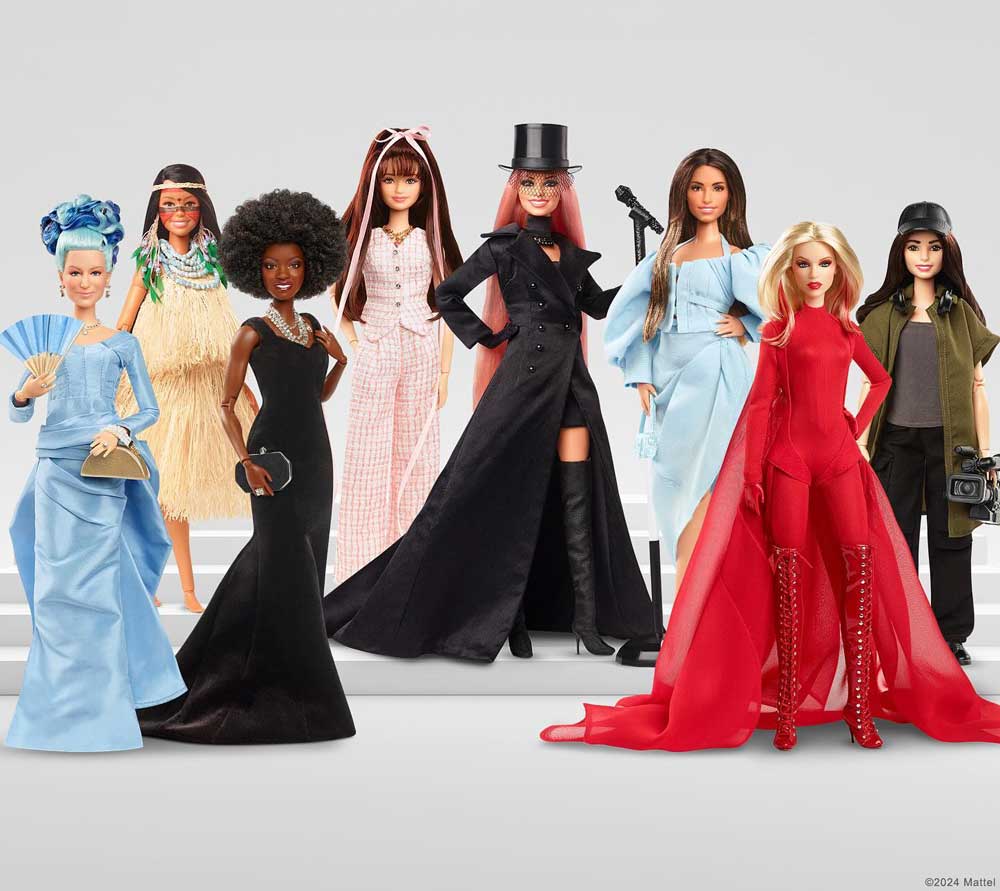
The recent commercialisation of Black Barbie and Disabled Barbie signals a shift towards greater inclusivity. These changes have sparked a conversation about the need for more diversity in toys and its impact on children’s development and understanding of the world.
The Evolution of Barbie: Breaking the Mould
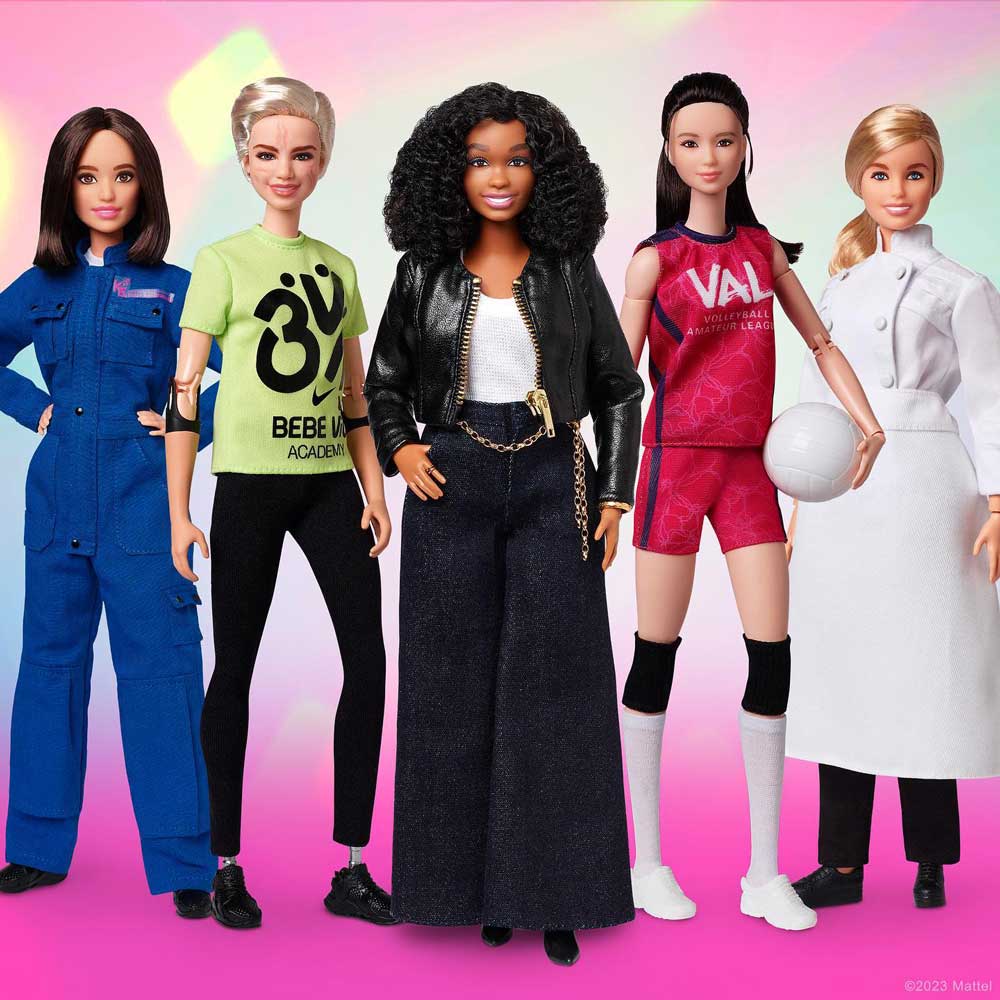
For decades, Barbie dolls epitomised a narrow standard of beauty—blonde, blue-eyed, and slim. Introducing Black Barbie in 1980 was groundbreaking, challenging these limited ideals. In a recent NYT article, parents like Sara Thomas, mother of two, reflect on this evolution, “When I was a kid, all my dolls looked the same. Now, my daughters can see themselves in their toys. It’s empowering.” Jessica Lee, a mother of a biracial daughter, adds, “When my daughter plays with Black Barbie, she sees beauty that reflects her own. It’s important for her self-confidence and understanding of her identity.”
Down Syndrome Barbie, Blind Barbie and Barbie in a Wheelchair: Celebrating All Abilities
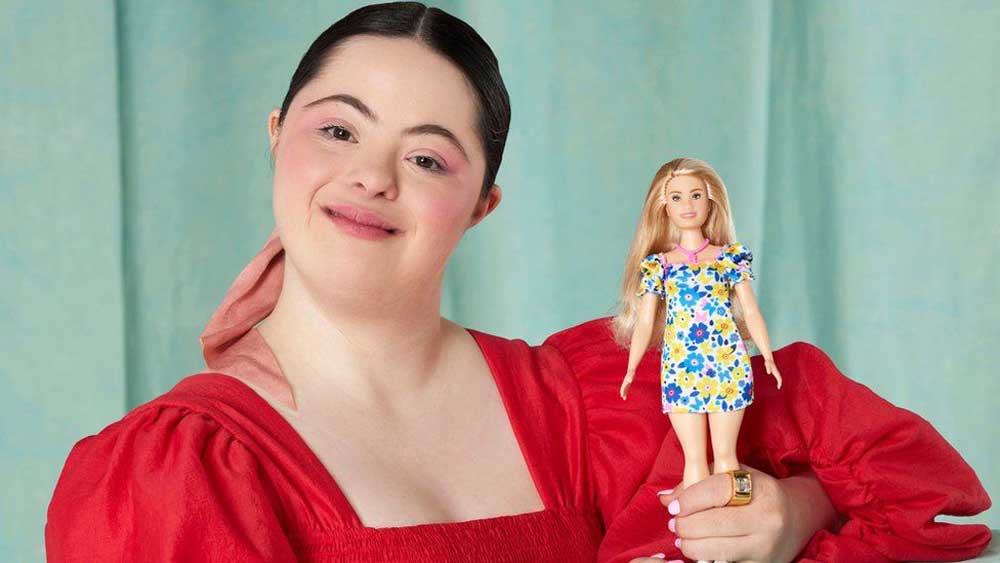
Blind Barbie, part of Mattel's Fashionistas line, is another milestone in promoting inclusivity. Equipped with a white cane and glasses, Blind Barbie helps normalise disabilities. Alpa Sitlani, whose son is visually impaired, shares her thoughts, “When my daughter saw a doll that was in a wheelchair just like her, her face lit up. Though not available in India easily, we made sure she had it. It’s not just a toy; it’s a validation of her experience and identity.”
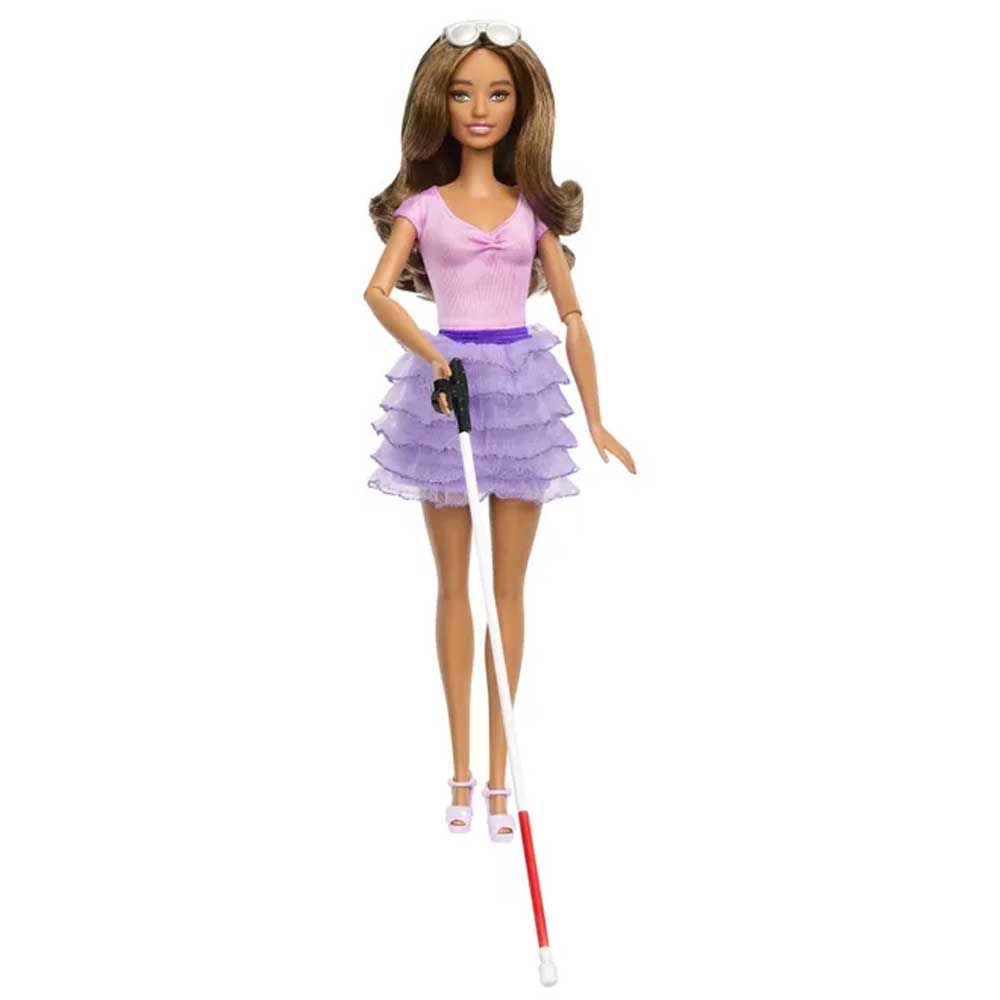
Additionally, Blind Barbie represents another significant step towards inclusivity. Devika Shetty, a parent of a child with Down syndrome, says, “Dolls like Down syndrome Barbie and Barbie in a wheelchair open up conversations about disabilities. Children must see and understand that everyone’s experiences and abilities are different yet equally valuable. It is not just crucial for kids living with the disability, but also for ‘normal’ kids growing up in a world full of tough beauty standards.”
The Impact of the Black Barbie Documentary
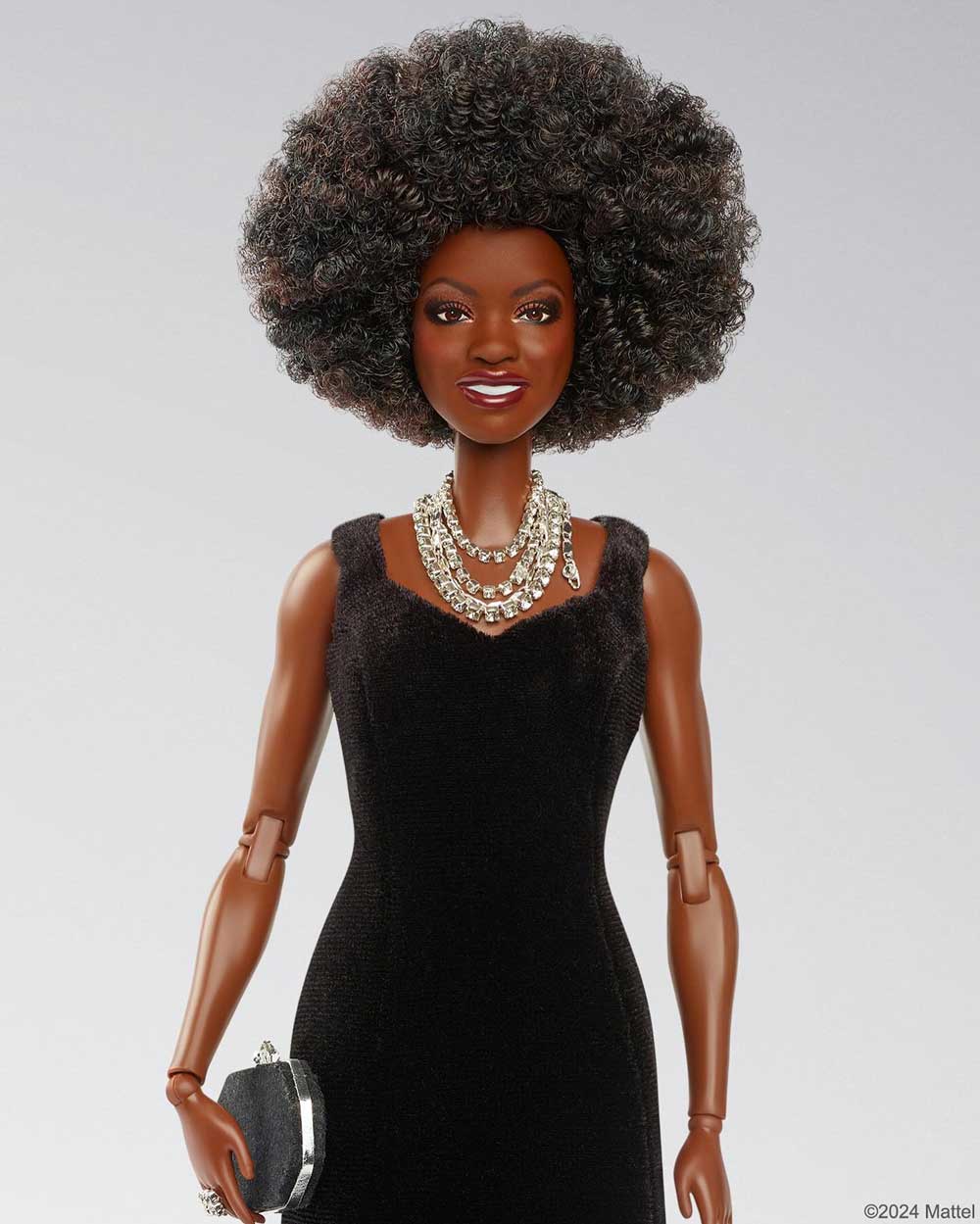
The Black Barbie documentary further highlights the importance of representation. It explores the cultural impact of Black Barbie and how it has empowered generations of Black children. Sonal, a mother of three who lives in Boston, says “The documentary was eye-opening. It made me realise how important it is for my children to see people being represented in their toys and media. Representation matters in building a culture where everyone can co-exist and feel a sense of belonging.”
Why Representation Matters
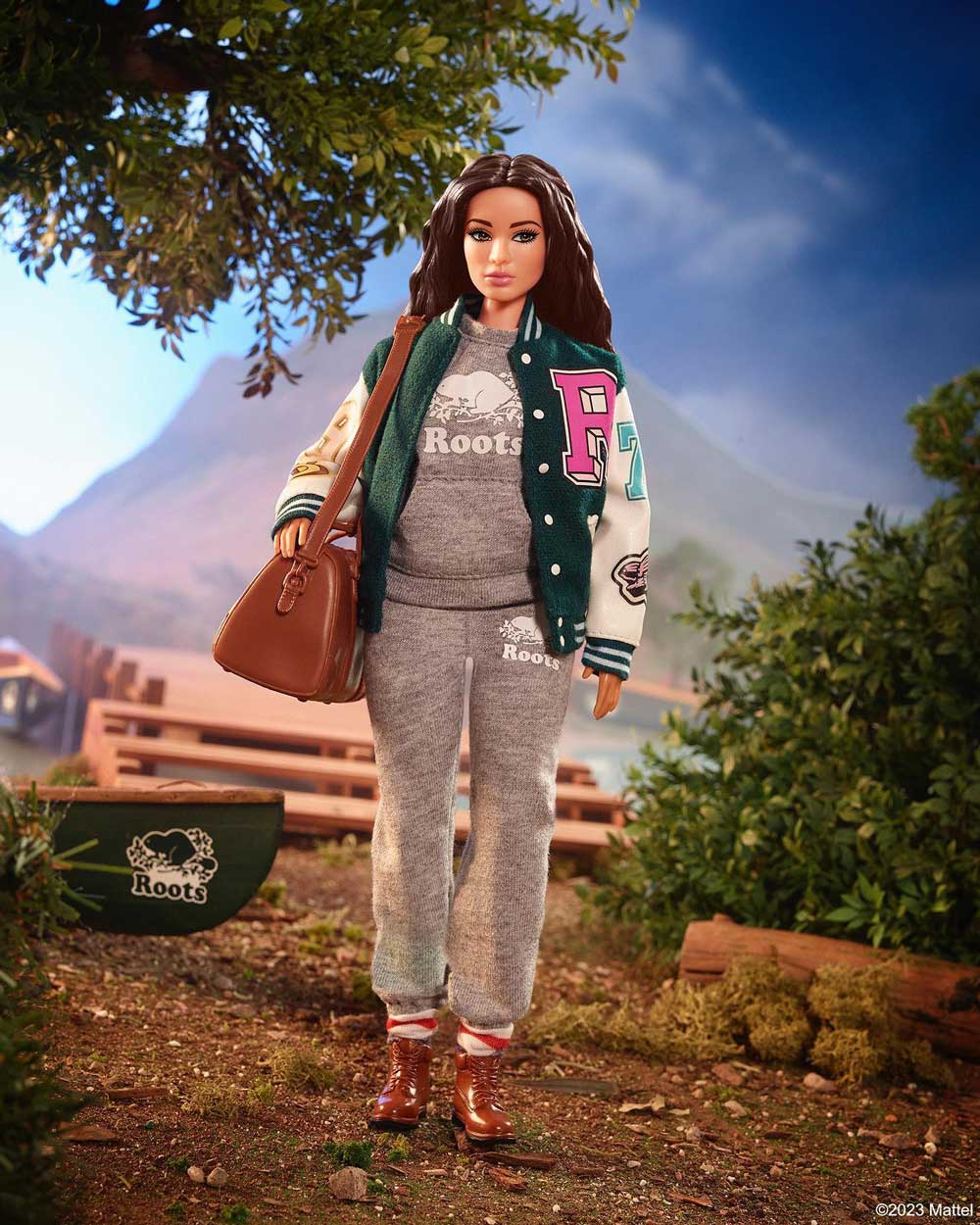
Diverse toys play a crucial role in shaping children’s perceptions. Research shows that representation in toys can boost self-esteem and foster empathy. “When kids play with dolls that reflect different races, abilities, and body types, they learn to appreciate diversity,” explains Dr. Neville Parikh, a child psychologist. “It encourages them to be more inclusive and understanding in real life. My kids have dolls that look different from them, and it’s helped them understand and respect differences. It’s a simple yet powerful way to teach inclusivity.”
Making Toys More Adaptive for Disabled Children
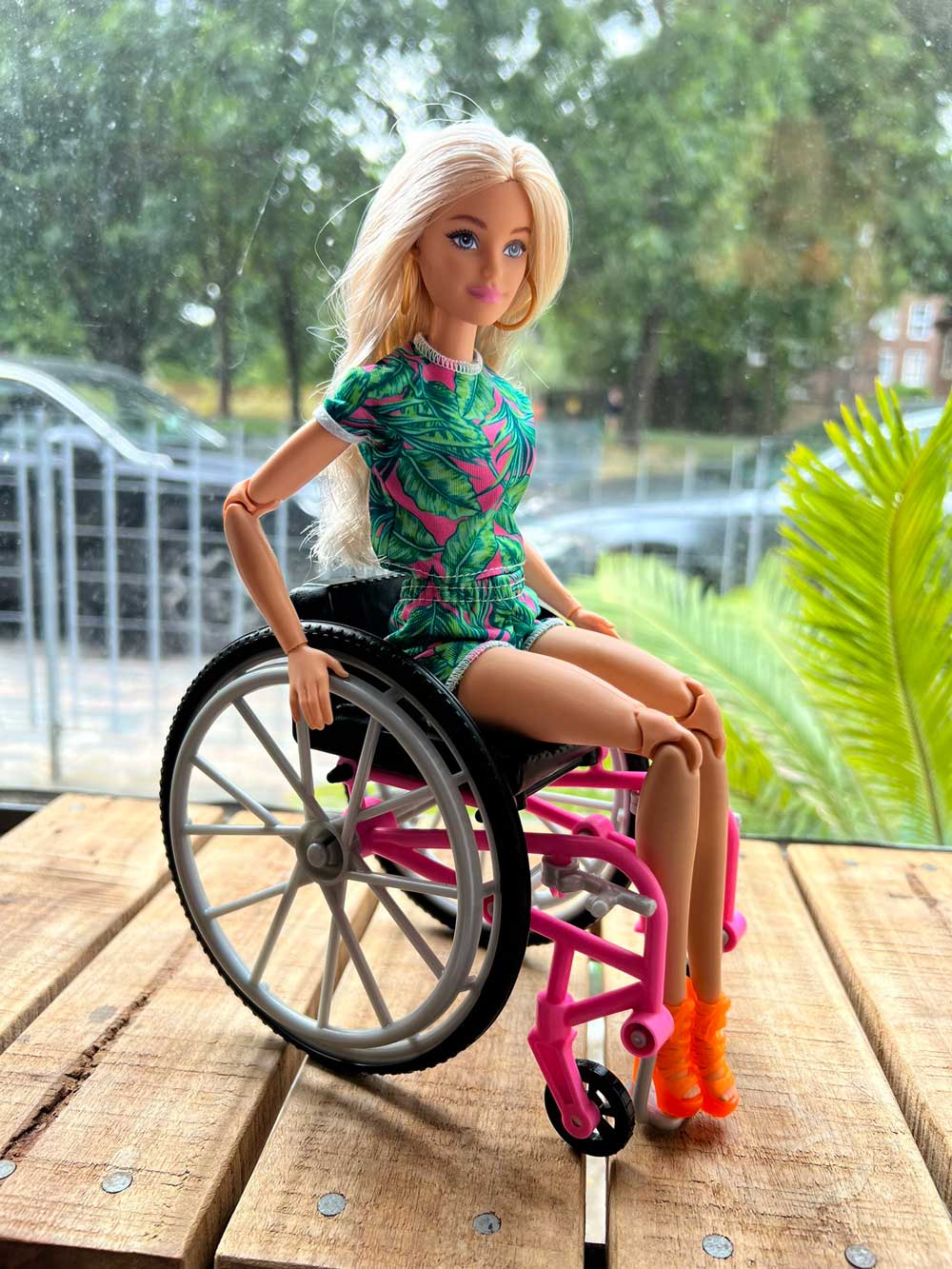
Beyond dolls, other toys can be designed to be more adaptive and inclusive for disabled children. Companies can create toys with varying levels of accessibility, such as building blocks with braille, sensory play items, and action figures with prosthetics. Geeta Iyer, mother of a child with autism, shares her perspective, “Adaptive toys that cater to different needs can make a huge difference. It’s about creating an environment where every child can engage and play comfortably. We need more representation of different cultures and lifestyles. Toys should be a mirror to the world our kids live in, full of diverse faces and stories.”
Parents Demand More
Despite these positive steps, many parents believe the toy industry still has a long way to go. Devika emphasises the need for broader representation, “We’ve seen progress, but there are still many communities left out. We need dolls that represent all races, genders, and abilities so every child feels seen and valued.” Rucha agrees, “This isn’t a trend; it’s a necessary change. Toys influence how children see themselves and others. The industry must commit to ongoing diversity and inclusion.”